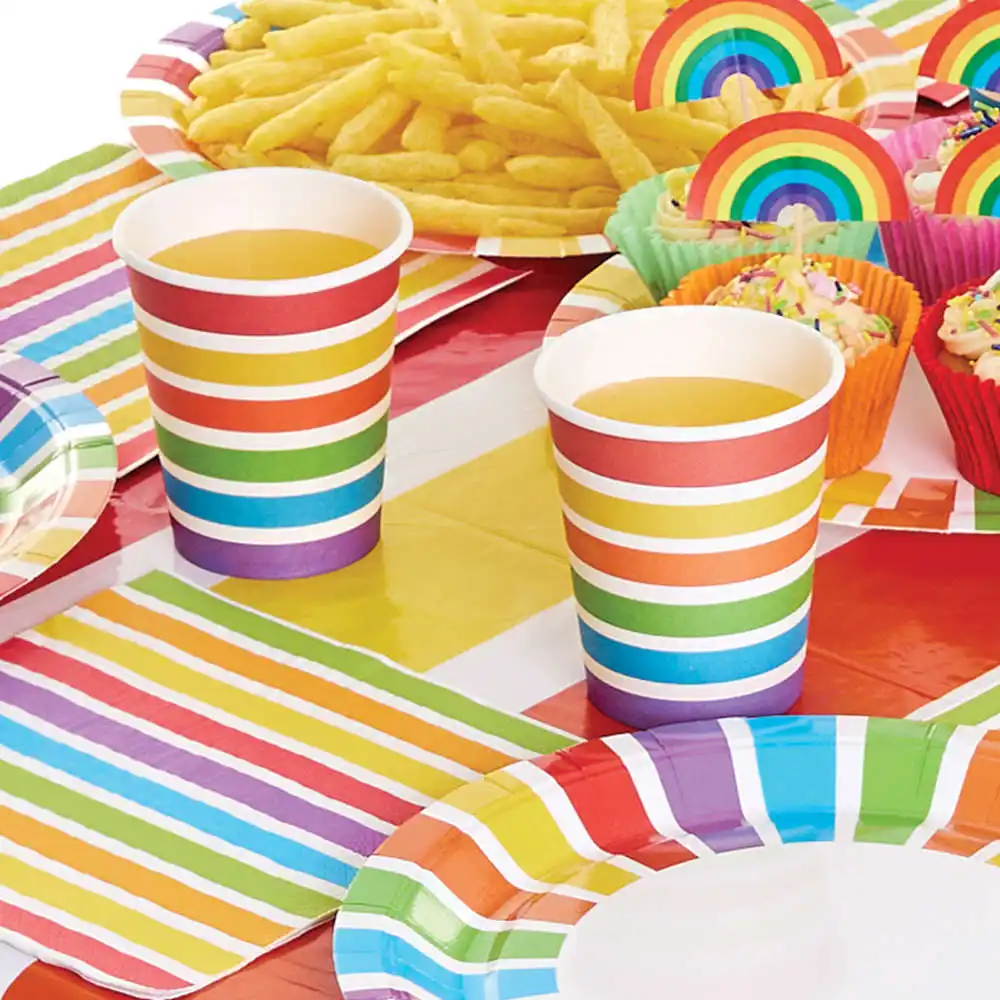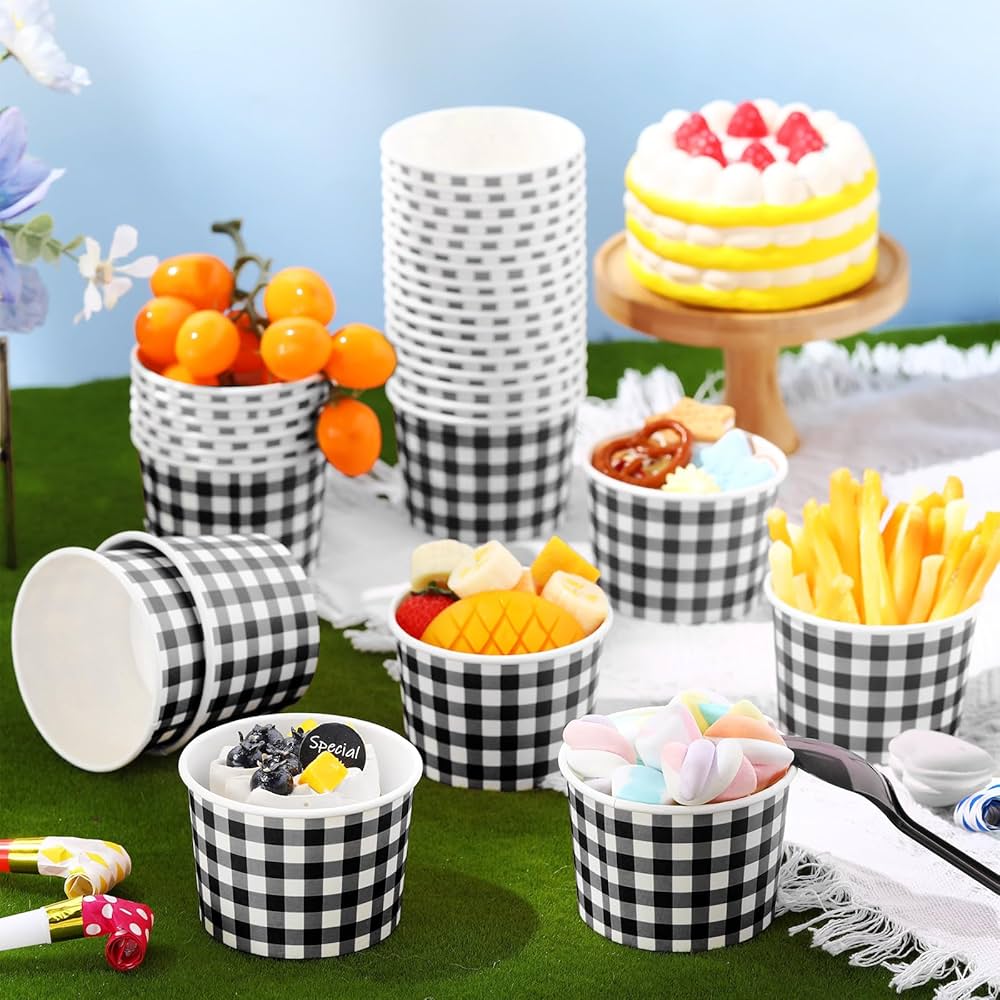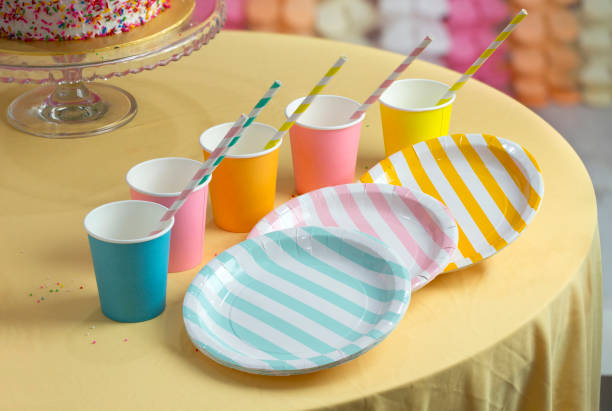A Developing Natural Concern
As of late, the call for decreasing plastic waste has prompted a flood in the prevalence of paper items, particularly paper cups and plates. Many individuals accept that picking paper over plastic is harmless to the ecosystem choice. In any case, this supposition isn’t completely exact. Actually not all paper cups and plates are liberated from plastic, and now and again, the ecological effect may be similarly huge. Many people believe that choosing paper over plastic is an environmentally friendly decision. However, this assumption is not entirely accurate. The reality is that not all paper cups and plates are free from plastic, and in some cases, the environmental impact might be just as significant.
The Misguided judgment of “Paper” Items

At the point when we consider paper cups and plates, we frequently picture biodegradable or compostable items produced using normal assets. While a portion of these items are without a doubt produced using paper and can separate more effectively than plastic, the circumstance is surprisingly intricate. Many paper cups and plates are covered with a slender layer of plastic to make them water-safe and strong. This covers forestall spillage and safeguards the item while holding hot fluids or oily food sources. The most well known plastic utilized for this design is polyethylene, an oil based plastic that isn’t biodegradable. Accordingly, these paper items can’t be reused similarly unadulterated paper can, and they don’t deteriorate effectively in landfills.
The Ecological Effect of Covered Paper Items
The plastic covering on paper cups and plates makes a critical natural test. While paper itself is a sustainable asset, the plastic covering keeps the item from being treated the soil or reused appropriately. Despite the fact that the paper filaments are biodegradable, the plastic part waits, adding to long haul contamination in the climate. Furthermore, the assembling system for these plastic covered paper items requires energy concentrated processes, and the extraction of oil for the plastic covering adds to the carbon impression. Eventually, these items might in any case wind up in landfills or seas, where the plastic covering perseveres for a really long time.
Recognizing Really Without plastic Other options

Luckily, there are developing endeavors to make really without plastic paper items. A few makers currently produce cups and plates that are either uncoated or covered with biodegradable materials, for example, plant-based waxes or starch based coatings. These items are compostable and offer a more reasonable option in contrast to customary plastic covered paper things. In the event that you’re searching for really eco accommodating choices, it’s crucial to actually look at the bundling or counsel the producer to affirm whether an item is sans plastic. Search for terms, for example, “compostable,” “biodegradable,” or “plant based” to guarantee that the thing doesn’t contain harmful plastic coatings.
The Shift Toward Supportable Bundling
As attention to the ecological effect of plastic covered paper items develops, many organizations are investigating more manageable other options. Some are putting resources into advancements, for example, water based coatings, which don’t contain plastic and proposition comparable assurance against dampness. Others are empowering clients to lessen single use things through and through by advancing reusable other options, for example, cups and plates produced using bamboo, hardened steel, or other feasible materials. States and associations are likewise assuming a part in resolving this issue. In certain districts, regulation has been passed to boycott or limit the utilization of plastic covered paper items, empowering the change toward more eco accommodating choices.
Conclusion
While paper cups and plates are many times showcased as a superior option in contrast to plastic, truly not every one of them is without plastic. The plastic covering used to improve their sturdiness and usefulness is a huge ecological worry, as it muddles reusing and adds to contamination. As shoppers, it’s vital to know about these qualifications and search out truly feasible other options. By going with informed decisions, we can assist with lessening the natural effect of expendable items and push toward a future where genuinely eco accommodating materials are the standard.

Leave a Reply